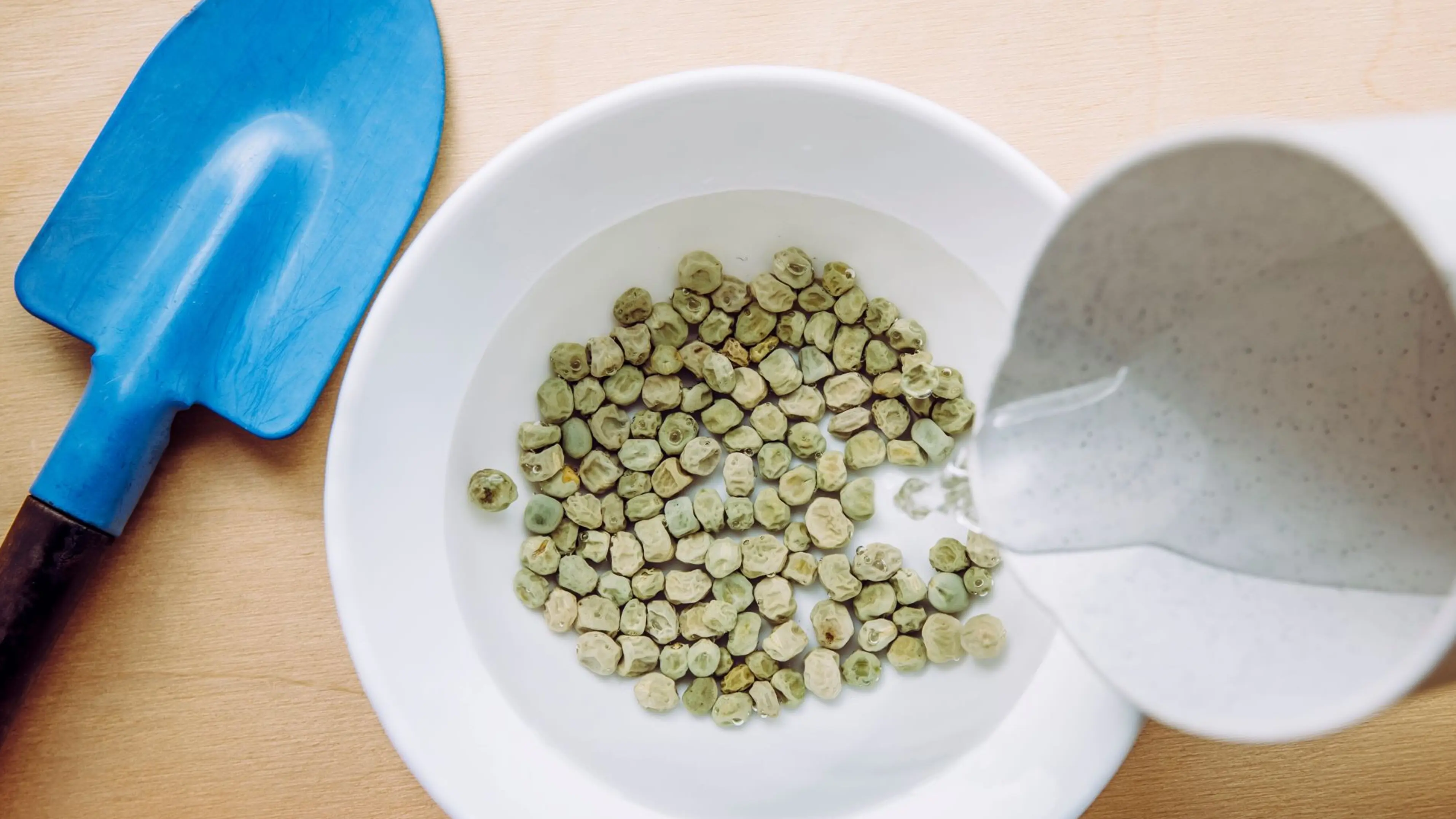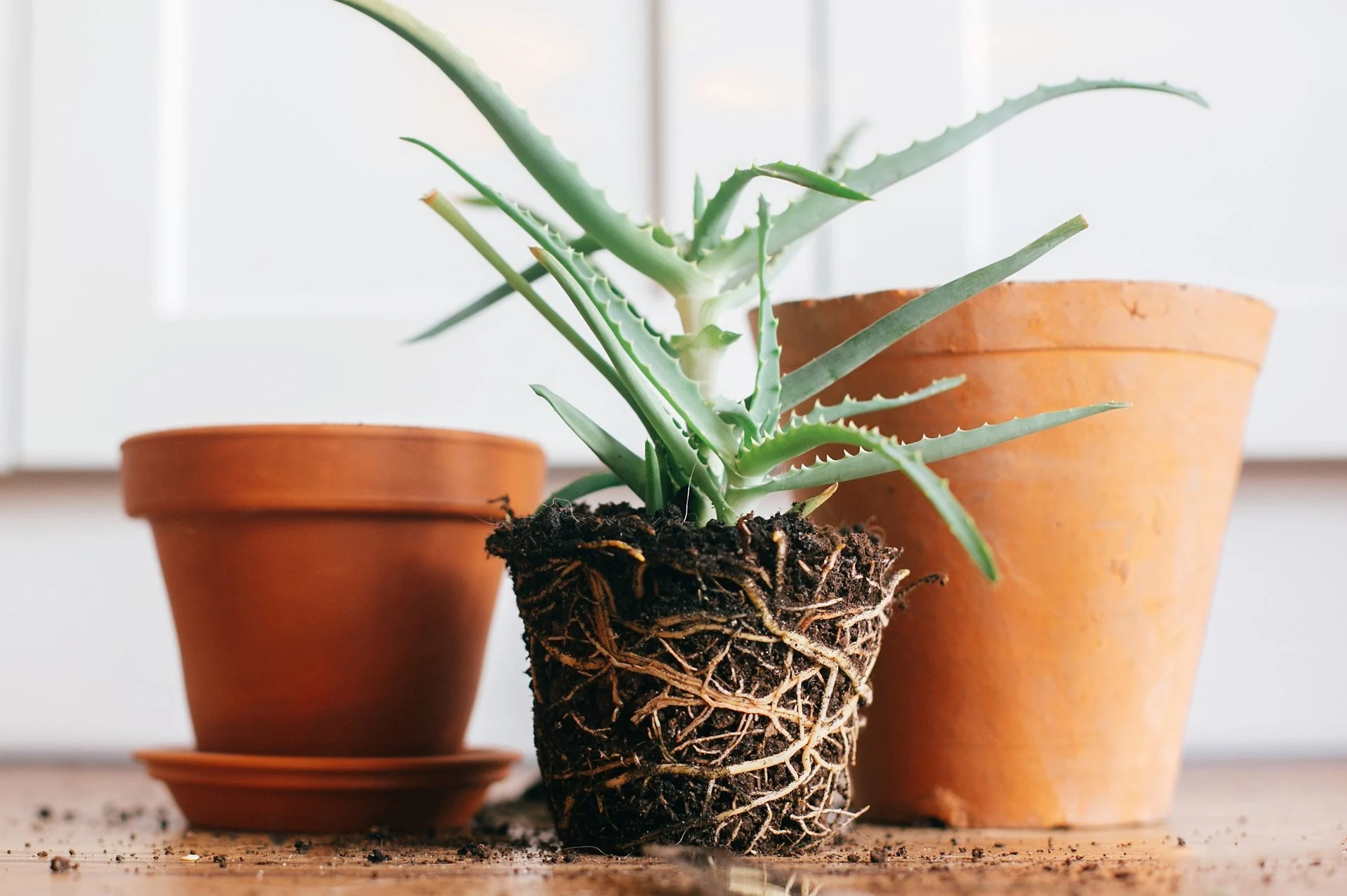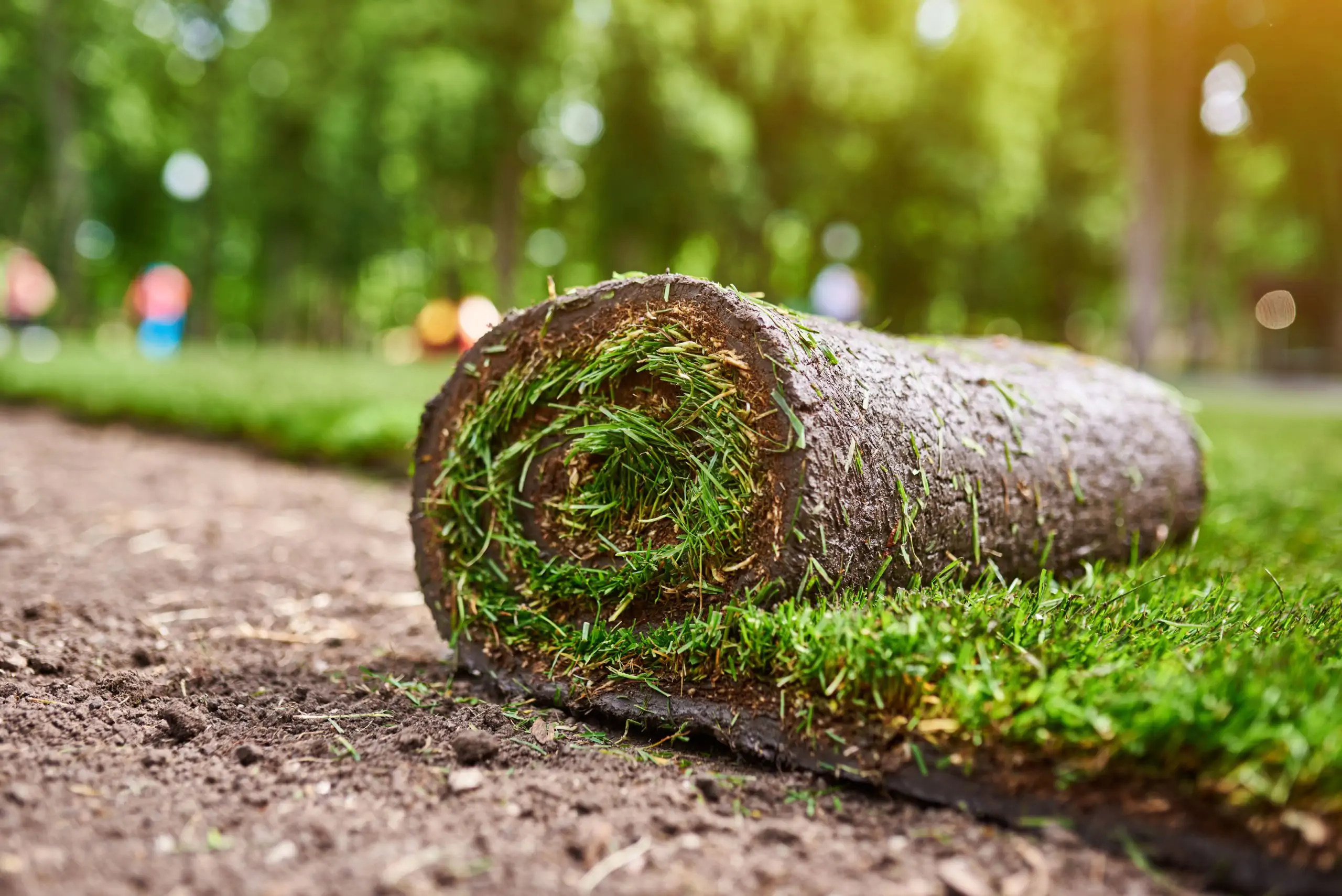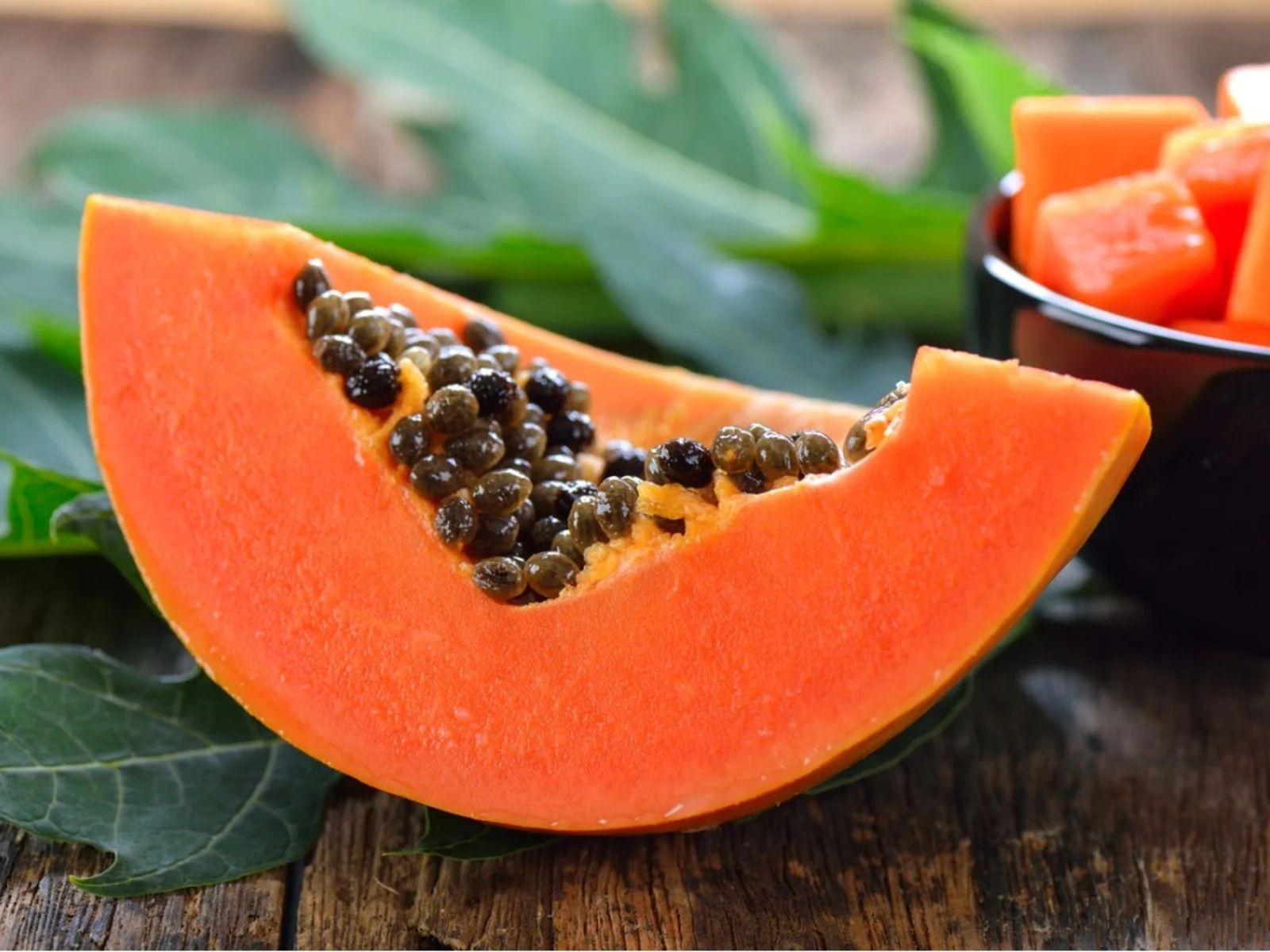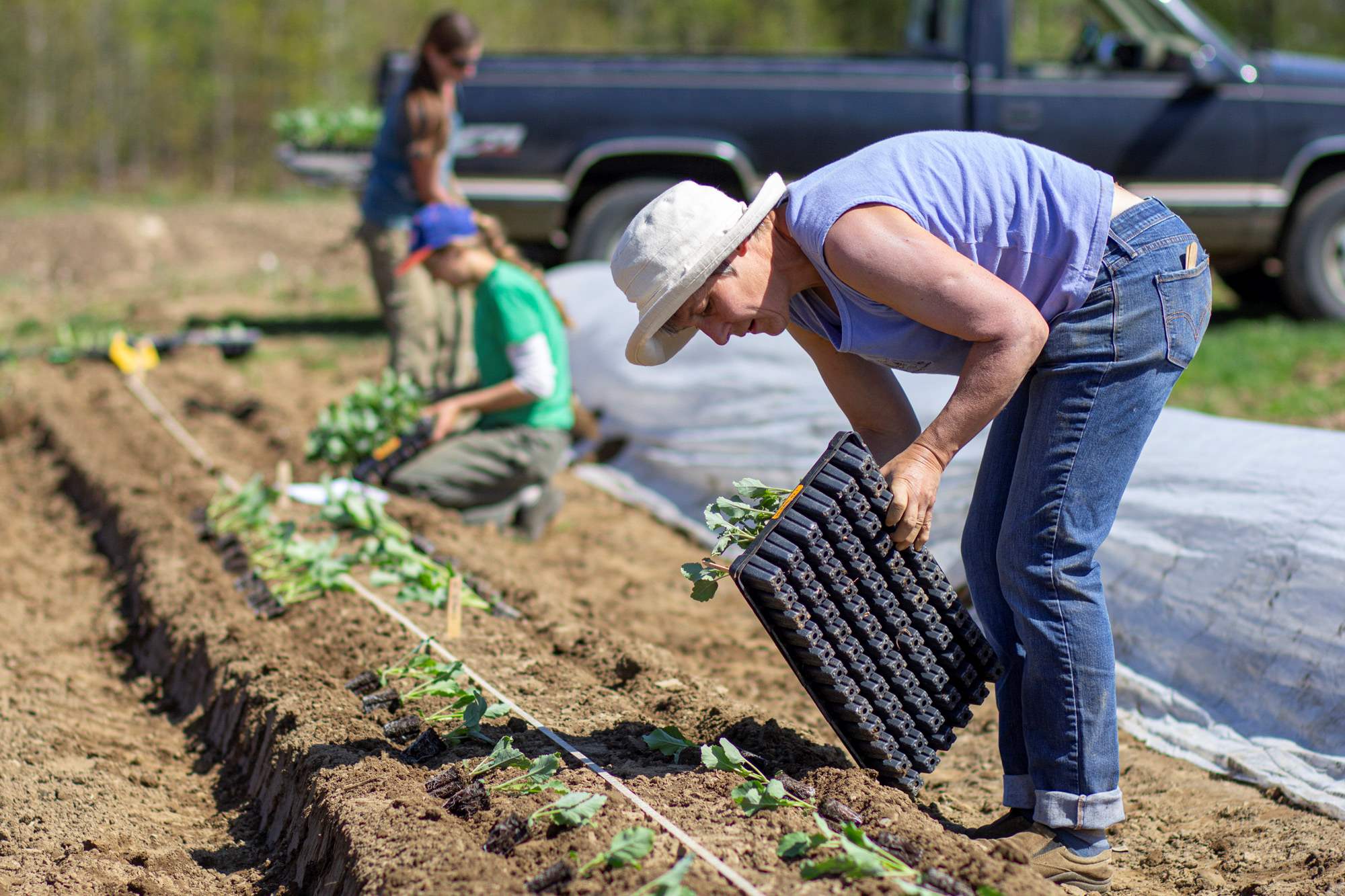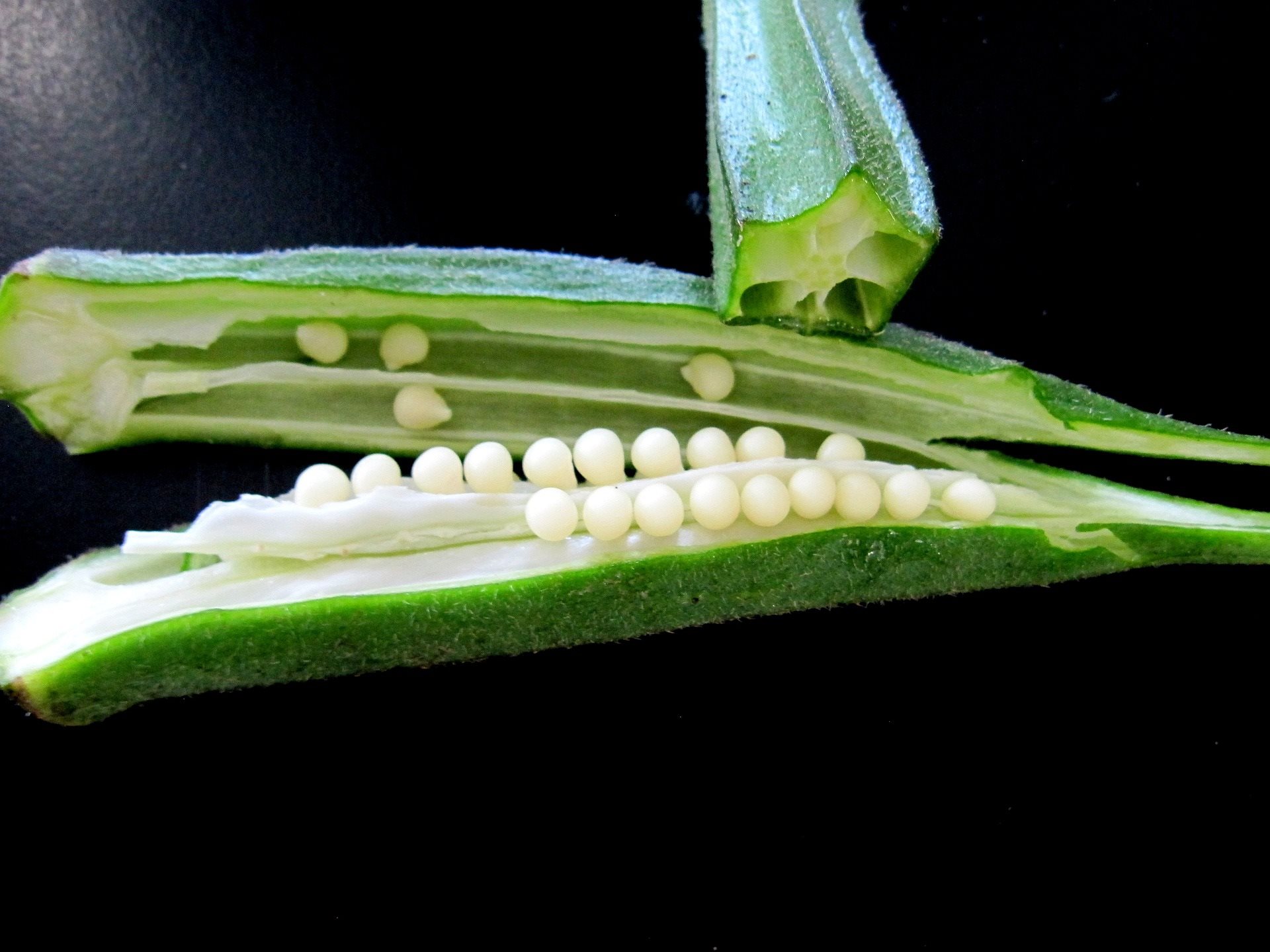Home>Types of Gardening>Edible Gardening>How Long Should Tap Root Be Before Planting


Edible Gardening
How Long Should Tap Root Be Before Planting
Published: August 26, 2023
Discover the optimal length for tap roots in edible gardening. Learn how long tap roots should be before planting to ensure healthy and thriving plants.
(Many of the links in this article redirect to a specific reviewed product. Your purchase of these products through affiliate links helps to generate commission for Chicagolandgardening.com, at no extra cost. Learn more)
Table of Contents
Introduction
Welcome to the world of edible gardening, where you have the power to grow your own fresh and delicious fruits, vegetables, and herbs right in your backyard. There’s something incredibly rewarding about tending to your plants, watching them grow, and eventually harvesting the fruits of your labor. But to ensure a successful edible garden, it’s essential to understand the fundamentals of plant growth, including the development of tap roots.
Tap roots play a vital role in the growth and health of plants. They are the central root that grows vertically downward from a seed and provides stability and nourishment to the plant as it grows. Understanding the importance of tap roots and how they develop can help you make better decisions when it comes to planting and caring for your edible garden.
In this article, we will explore the concept of tap roots, discuss their significance in plant growth, and delve into the factors that affect tap root length. We will also provide insight into the optimal length of tap roots for planting, as well as methods to promote tap root growth in your edible garden.
Whether you’re a seasoned gardener looking to expand your knowledge or a beginner ready to embark on your edible gardening journey, this article will provide you with the information you need to confidently cultivate healthy plants with strong tap roots.
What is a Tap Root?
A tap root is a type of root system found in plants, characterized by a thick and main root that grows vertically downwards from the seed. It serves as the central anchor of the plant, providing support and stability as it grows. The tap root system is in contrast to fibrous root systems, which consist of numerous thin and branching roots.
The primary function of a tap root is to extract water and nutrients from the soil. Its long and deep structure allows the plant to reach deep water sources and access nutrients that may be unavailable in the upper layers of the soil. This deep penetration also helps the plant withstand drought conditions by tapping into moisture reserves that shallow-rooted plants cannot reach.
Tap roots are typically thick and fleshy, enabling them to store food reserves for the plant. These food stores serve as a source of energy during unfavorable conditions, such as winter dormancy or periods of limited water availability. This stored energy is crucial for the plant’s survival and subsequent growth when conditions become favorable again.
In addition to their role in water and nutrient absorption, tap roots also contribute to the stability of the plant. By growing deep into the ground, they provide a solid foundation that helps anchor the plant against strong winds and other external forces. This anchorage is especially important for taller plants or those with top-heavy foliage, as it prevents them from toppling over.
Overall, tap roots are a crucial component of a plant’s root system, supporting its growth, providing nutrient uptake, and offering stability. Understanding the role and characteristics of tap roots is essential for successful edible gardening, as it helps in choosing the right plants, planting techniques, and care practices.
Importance of Tap Roots in Plants
Tap roots play a critical role in the growth and overall health of plants. They have several key functions that contribute to a plant’s success in various environmental conditions.
One of the primary roles of tap roots is to anchor the plant securely in the ground. This anchoring function becomes especially important for larger plants or those with top-heavy growth. Tap roots penetrate deep into the soil, providing stability and preventing the plant from toppling over during strong winds or heavy rainfall.
The tap root system also aids in water and nutrient uptake. The long and deep structure of tap roots allows plants to search for water sources deep within the soil. This is particularly advantageous during drought conditions when water is scarce in the upper layers of the soil. Additionally, tap roots have the ability to tap into nutrient-rich pockets deep underground, ensuring the plant’s access to essential minerals and elements for optimal growth.
Another notable benefit of tap roots is their food storage capacity. Tap roots often have the ability to store carbohydrates and other nutrients for the plant’s future use. This stored energy becomes critically important during periods of dormancy or stress, enabling the plant to survive adverse conditions and resume growth when conditions improve.
In addition to their physiological functions, tap roots also contribute to soil health. As the tap root grows and explores the soil layers, it helps to improve soil structure by loosening compacted areas. This facilitates better water infiltration and aeration, promoting overall soil health and creating a favorable environment for microbial activity.
Overall, the importance of tap roots in plants cannot be overstated. They provide stability, facilitate water and nutrient uptake, store vital energy reserves, and even contribute to the health of the surrounding soil. Understanding the significance of tap roots in edible gardening allows us to appreciate their value and implement strategies to support their growth and development.
Factors Affecting Tap Root Length
The length of a tap root in plants can vary depending on several different factors. Understanding these factors can help gardeners optimize the growth and development of tap roots in their edible gardens.
1. Plant Species: The length of tap roots can vary greatly among different plant species. Some plants naturally develop long tap roots, while others may have shorter or even no tap root at all. It’s important to research the specific plant species you are cultivating to understand its root system characteristics.
2. Soil Type: The composition and texture of the soil can impact tap root length. Loose and well-draining soils are generally favorable for tap root growth, as they provide less resistance and allow roots to penetrate deeper. In contrast, compacted or heavy clay soils can hinder tap root development, resulting in shorter or shallow root systems.
3. Soil Moisture: Adequate soil moisture is crucial for the development of healthy tap roots. Plants need a consistent supply of water to support root growth and elongation. If the soil is too dry, tap roots may struggle to expand, leading to stunted growth. Conversely, excessively wet or waterlogged soil can also restrict tap root development.
4. Sunlight and Temperature: Sunlight and temperature conditions can influence tap root length indirectly. Plants exposed to ample sunlight and moderate temperatures often exhibit more robust root systems, including longer tap roots. On the other hand, limited sunlight or extreme temperature fluctuations can hinder root growth and development.
5. Plant Age and Growth Stage: The tap root length can also vary depending on the age and growth stage of the plant. Generally, younger plants have shorter tap roots compared to mature plants. As the plant grows, the tap root elongates and develops further, exploring deeper layers of the soil.
6. Cultural Practices: The way plants are cared for can affect tap root length. Factors such as proper watering, fertilizer application, and pruning can influence root growth. Overwatering or excessive fertilization can lead to shallow root systems, while inadequate care can result in stunted tap root growth.
It’s important to consider these factors when planning and caring for an edible garden. By providing optimal growing conditions, including suitable soil, moisture levels, sunlight exposure, and cultural practices, gardeners can promote healthy tap root development and maximize the overall success of their plants.
Optimal Tap Root Length for Planting
When it comes to planting, the optimal tap root length is influenced by several factors, including the plant species, soil conditions, and desired growth outcomes. While tap root length can vary, there are general guidelines that can help determine the ideal length for successful planting.
For most plants, a tap root length of approximately 6-12 inches is considered ideal for planting. This length allows the tap root to reach deep into the soil, providing stability and access to water and nutrients. However, it’s important to note that certain plant species may have shorter or longer tap roots based on their natural growth habits.
When planting seedlings or transplants, it’s crucial to ensure that the tap root is not curled or distorted, as this can impede its ability to penetrate the soil effectively. If the tap root is too long for the planting hole, you can gently trim it to an appropriate length without damaging the root system.
In some cases, plants may have naturally shorter tap roots or no tap roots at all. This is commonly seen in plants with fibrous root systems, where numerous thin roots spread horizontally rather than vertically. Examples include grasses and many herbs. For such plants, the focus should be on ensuring proper root development and spread in the soil, rather than targeting a specific tap root length.
It’s essential to consider the soil conditions when determining the optimal tap root length for planting. If the soil is compacted or heavy, it may hinder root penetration and growth. In such cases, loosening the soil or adding organic matter can improve its structure and facilitate deeper root development.
Lastly, the desired growth outcomes should also be taken into account. If you aim to cultivate plants that produce large, deep-rooted vegetables or fruits, such as carrots or tomatoes, optimizing tap root length becomes even more important. These plants benefit from longer tap roots that can access water and nutrients deeper in the soil, ultimately leading to healthier and more productive plants.
By understanding the optimal tap root length for planting, considering the specific plant species, soil conditions, and growth objectives, gardeners can make informed decisions and set the stage for successful plant establishment and growth in their edible gardens.
Methods to Promote Tap Root Growth
Encouraging strong and deep tap root growth is essential for the overall health and success of your plants in an edible garden. Fortunately, there are several methods you can employ to promote robust tap root development.
1. Proper Planting Depth: When transplanting seedlings or starting from seeds, it is important to plant at the appropriate depth. Ensuring that the root system, including the tap root, is properly placed and covered with soil provides a favorable environment for root growth and elongation.
2. Soil Preparation: Preparing the soil before planting is crucial for promoting tap root growth. Loosen compacted soil and remove any debris or rocks that may obstruct root penetration. Incorporating organic matter, such as compost or well-rotted manure, improves soil structure, nutrient content, and water-holding capacity.
3. Deep Watering: Watering deeply and infrequently encourages plants to develop strong tap roots. Rather than lightly sprinkling the soil’s surface, deeply saturate the soil, allowing the water to penetrate to the root zone. This practice promotes downward root growth as plants seek out water sources deep in the soil.
4. Mulching: Applying a layer of organic mulch around your plants helps to retain soil moisture, regulate soil temperature, and suppress weed growth. These conditions promote favorable root development, including the growth and elongation of tap roots.
5. Avoid Overwatering: While adequate moisture is essential for root growth, overwatering can be detrimental. It can lead to shallow root systems and hinder tap root development. Allow the soil to dry out slightly between waterings to encourage roots to venture deeper in search of water.
6. Fertilization: Providing balanced and appropriate fertilization supports overall plant health and root development. Use a slow-release or organic fertilizer to supply essential nutrients gradually. This method ensures a steady nutrient supply for root growth without the risk of fertilizer burn or excessive nutrient uptake.
7. Transplant Care: When transplanting seedlings, handle them with care to avoid damaging the tap root. Minimize root disturbance and planting shock by carefully loosening the root ball and ensuring that the tap root is properly placed in the planting hole.
8. Patience and Observation: Tap root growth takes time, and every plant species has its own growth rate and pattern. Be patient and observe the development of your plants over time. Regularly monitor soil moisture, nutrient levels, and plant health to make any necessary adjustments to support tap root growth.
By implementing these methods, you can create favorable growing conditions that encourage the development of strong and healthy tap roots. Remember that consistent care and attention are key to promoting optimal root growth in your edible garden.
Conclusion
Understanding the significance of tap roots in edible gardening is essential for cultivating thriving plants with robust root systems. Tap roots provide stability, facilitate water and nutrient uptake, store energy reserves, and even contribute to soil health. By recognizing the factors that affect tap root length, such as plant species, soil conditions, and cultural practices, gardeners can make informed decisions to promote healthy root development.
Optimal tap root length for planting varies depending on the plant species and desired growth outcomes. In general, a tap root length of 6-12 inches is considered ideal for most plants. However, it’s important to consider individual plant characteristics and adapt planting techniques accordingly.
To promote tap root growth, implementing proper planting practices, preparing the soil, deep watering, mulching, avoiding overwatering, providing balanced fertilization, and exercising patience and observation are crucial. These methods create favorable conditions for tap root development and contribute to the overall health and success of your edible garden.
Remember, each plant is unique, and caring for tap roots requires ongoing attention and adjustments. By nurturing strong and healthy tap roots, you lay the foundation for vibrant and productive plants that will reward you with an abundant harvest.
